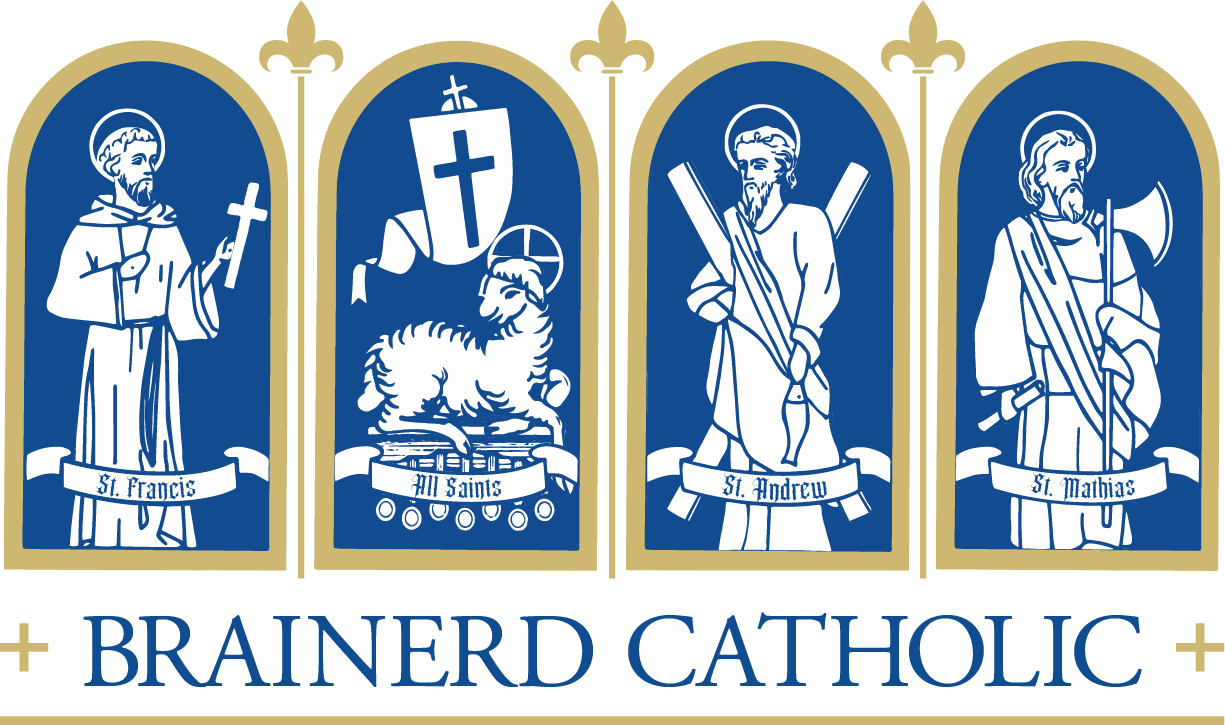Latin in the Liturgy Part 2
This week we’ll continue our discussion on the use of Latin in the liturgy. As mentioned last week, Latin used to be seen as one of the most universal, unifying, and transcendent aspects of Catholic worship. Today, however, Latin is most commonly perceived as divisive, obscuring, and outdated. The question we left off with last week was: How ought we to think about the use of Latin in the liturgy? What exactly is informing our current opinions on the matter? What ought to inform them? It’s always a safe bet to look to the mind of the Church as reflected in her official and public teaching.
Last week we looked at quotes from Pope Pius XII and from Sacrosanctum Concilium, the first document issued at the Second Vatican Council (1962-1965). The following quote is taken from a 2007 Post-Synodal Apostolic Exhortation by Pope Benedict XVI called Sacramentum Caritatis:
“Particularly of celebrations at international gatherings, which nowadays are held with greater frequency…In order to express more clearly the unity and universality of the Church…with the exception of the readings, the homily and the prayer of the faithful, it is fitting that such liturgies be celebrated in Latin. Similarly, the better-known prayers of the Church’s tradition should be recited in Latin and, if possible, selections of Gregorian chant should be sung. Speaking more generally, I ask that future priests, from their time in the seminary, receive the preparation needed to understand and to celebrate Mass in Latin, and also to use Latin texts and execute Gregorian chant; nor should we forget that the faithful can be taught to recite the more common prayers in Latin, and also to sing parts of the liturgy to Gregorian chant.” (SC 62)
I grant this sounds quite contrary to the prevailing opinion in the Church today, but we must ask ourselves, what exactly is informing our opinions, be they prevailing or not? Is it the mind of Mother Church as documented in her official and public teaching? Or is it convenience, the down-currents of pop-culture, or worse—pervasive ignorance and even disdain for our tradition and heritage as Catholics?
Pope Francis visited the United States in 2015 and canonized Fr. Junipero Serra at a Mass in Washington D.C. Since Pope Francis’ native language is Spanish—and Fr. Junipero Serra was himself a Spanish missionary—no one would have been surprised if the pope celebrated the Mass in Spanish. Instead, Pope Francis celebrated the Mass in Latin. In both the teaching and actions of the popes we see that there is still something unifying, universal, and transcendent the use of Latin in the liturgy.
I have fond memories of chanting the Pater Noster (Our Father) at liturgies with the pope in Rome while I studied there. My seminary formation equipped me to pray in Latin alongside my confreres from Asia, Africa, and Europe. It’s my judgement—along with the documented mind of Mother Church—that Latin ought to be preserved in our liturgies. In order for that sign of unity to be effective, however, we need to be open to it, to experience it on a local level, and to think about it with the mind of the Church.
—Fr. Michael Garry
